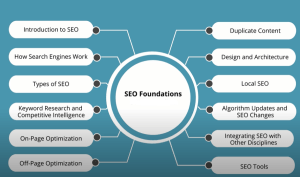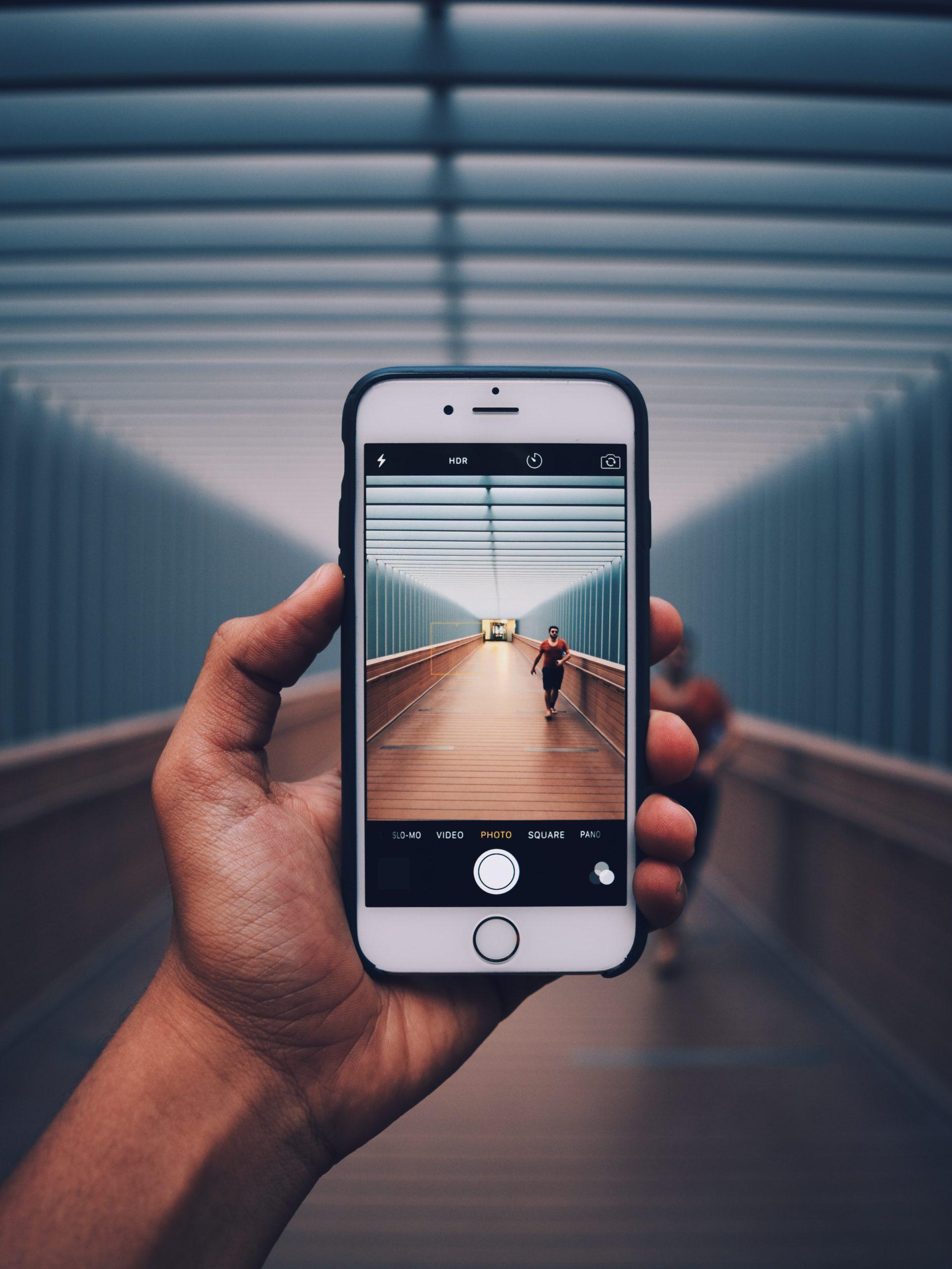Why On-Page SEO is most important for Ranking?
On-page SEO refers to the process of optimizing individual web pages in order to rank higher and earn more relevant traffic in search engines. It involves a variety of techniques and best practices that are designed to make web pages more visible, user-friendly, and attractive to search engines like Google.
Here are some on-page SEO techniques and best practices to help you improve your website’s rankings and visibility in search engines:
Conduct keyword research:
Before you start optimizing your pages, it’s important to conduct keyword research to identify the most relevant and valuable keywords to target. Use tools like Google Keyword Planner, Ahrefs, and SEMrush to identify relevant keywords with a good balance of search volume and competition.
Optimize page titles and meta descriptions:
Page titles and meta descriptions are crucial elements of on-page SEO. Ensure that your page titles accurately reflect the content on the page and include your target keyword. Meta descriptions should also include your target keyword and provide a brief summary of the page’s content.
Use header tags:
Header tags (H1, H2, H3, etc.) help to structure your content and make it easier for users and search engines to understand. Use header tags to break up your content into logical sections and include your target keyword where appropriate.
Create high-quality, engaging content:
Content is king when it comes to on-page SEO. Create high-quality, engaging content that provides value to your target audience. Use your target keyword throughout your content, but avoid keyword stuffing.
Optimize images:
Images can also contribute to on-page SEO. Use descriptive file names and alt tags that include your target keyword to help search engines understand what the image is about.
Improve page speed:
Page speed is a crucial ranking factor, so it’s important to optimize your pages for speed. Minimize HTTP requests, reduce image file sizes, and use a content delivery network (CDN) to improve page speed.
Ensure your website is mobile-friendly:
Mobile-friendliness is also a ranking factor, so it’s important to ensure your website is optimized for mobile devices. Use responsive design to ensure your website looks great and functions properly on all devices.
These are just a few on-page SEO techniques and best practices to help improve your website’s visibility in search engines. By following these tips and staying up-to-date with the latest best practices, you can improve your website’s rankings and attract more relevant traffic to your site.
Why on-page SEO is so important
On-page SEO is important because it helps search engines understand what your website is about and how relevant it is to users’ search queries. By optimizing your website’s individual pages, you can improve your website’s visibility, attract more relevant traffic, and ultimately drive more conversions and revenue.
Here are a few reasons why on-page SEO is so important:
- Helps search engines understand your website: Search engines use complex algorithms to determine the relevance and value of websites. On-page SEO techniques like keyword optimization, header tags, and content creation help search engines understand what your website is about and how relevant it is to users’ search queries.
- Improves website rankings: By optimizing your website’s individual pages, you can improve your website’s rankings in search engine results pages (SERPs). This, in turn, can drive more traffic to your site and increase your brand’s visibility online.
- Attracts more relevant traffic: When you optimize your website’s pages for specific keywords and search queries, you can attract more relevant traffic to your site. This means that users who land on your site are more likely to be interested in your products or services, increasing the likelihood of conversions and sales.
- Enhances user experience: On-page SEO techniques like optimizing page speed, improving mobile-friendliness, and creating high-quality content can all enhance the user experience on your website. This, in turn, can lead to increased engagement, lower bounce rates, and improved conversions.
In summary, on-page SEO is important because it helps search engines understand your website, improves your website’s rankings and visibility, attracts more relevant traffic, and enhances the user experience. By investing in on-page SEO, you can improve your website’s performance and drive more conversions and revenue.
What is Title tags and meta descriptions?
Title tags and meta descriptions are HTML elements that provide information about a webpage’s content to search engines and users.
Title tags are the titles that appear at the top of a browser’s window or tab and are also displayed as the main headline in search engine results pages (SERPs). They should accurately describe the content on the page and be optimized for the target keywords. Title tags are an important on-page SEO element and can influence a page’s ranking in search results.
Meta descriptions are brief summaries of a webpage’s content that appear below the title tag in search engine results pages. They are designed to provide users with a brief overview of the content on the page and entice them to click through to the website. Meta descriptions should be no longer than 155-160 characters and include the target keyword. While meta descriptions do not directly impact a page’s ranking in search results, they can indirectly influence click-through rates and user engagement.
Both title tags and meta descriptions are important for on-page SEO. By optimizing these elements, you can improve the relevance and visibility of your web pages in search results and attract more relevant traffic to your site.
On-page SEO for meta tags
Meta tags are HTML elements that provide information about a webpage’s content to search engines and users. While meta tags do not directly impact a page’s ranking in search results, they can indirectly influence click-through rates and user engagement.
Here are some on-page SEO tips for optimizing meta tags:
Title Tag Optimization:
The title tag is the most important meta tag for on-page SEO. It should accurately describe the content on the page and include the target keyword. The title tag should be no longer than 60 characters to ensure it appears fully in search results.

Meta Description Optimization:
The meta description provides a brief summary of the page’s content and appears below the title tag in search results.
It should be no longer than 155-160 characters and include the target keyword. The meta description should be written in a way that entices users to click through to the page.
Header Tag Optimization:
Header tags (H1, H2, H3, etc.) help to structure your content and make it easier for users and search engines to understand. Use header tags to break up your content into logical sections and include your target keyword where appropriate.
Image Alt Tag Optimization:
Alt tags provide a description of images to search engines and users who may have visual impairments. Use descriptive alt tags that include your target keyword to help search engines understand what the image is about.
Keyword Optimization:
While keyword stuffing should be avoided, it’s important to include your target keyword throughout your content and meta tags.
This helps search engines understand what your page is about and can improve its visibility in search results.
On-page SEO for meta tags involves optimizing title tag, meta description, header tags, image alt tags, and keywords to provide information about your webpage’s. Content to search engines and users.
By following these tips and best practices.You can improve your website’s rankings and attract more relevant traffic to your site.






